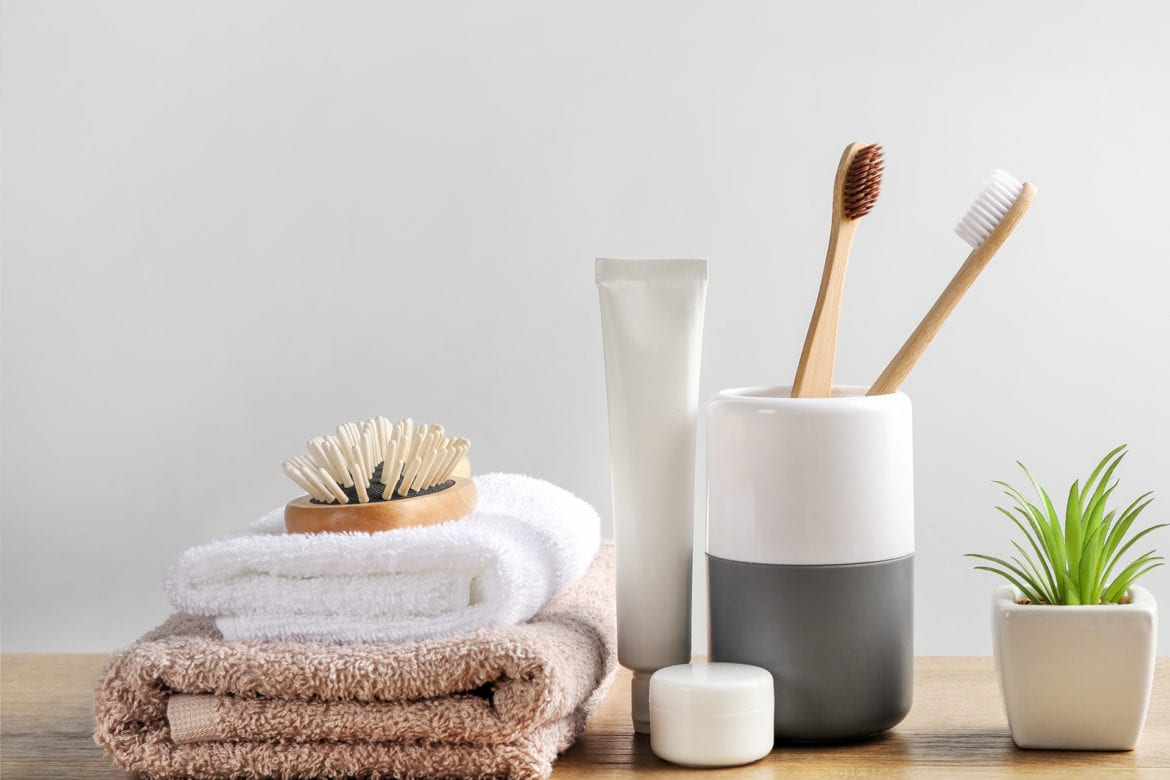WHAT IS OIL PULLING?
Oil pulling is a traditional folk remedy and ayurvedic therapy, which was practised in ancient India. It is believed to cure more than 30 systemic diseases when practised regularly and as directed. In addition to offering several oral health benefits, it also has beneficial effects on overall health.
It is known as Kavala-Gandusha in the old texts. Kavala means gargling and Gandusha means holding fluid inside the mouth. Kavala is the process of using a small amount of oil to swish around in the mouth for a short while before spitting it out. On the other hand, Gandusha requires a larger quantity of oil or medicated water to be filled into the mouth. This is then kept there until the person experiences excessive salivation or until the eyes and/or nose start to water.
In oil pulling, a tablespoon full of oil is swished around the mouth in the early morning before breakfast and on empty stomach for about 20 minutes. In the case of children older than five years of age, a teaspoon of oil is used. The oil is “pulled” and forced in between all the teeth by swishing it all around the mouth. At the end of this activity, if the procedure is done correctly, the viscous oil will become milky white and thinner. Then it should be spat out, the mouth should be thoroughly washed with clean water while teeth are cleaned with fingers or with a toothbrush.
WHEN AND HOW SHOULD IT BE DONE?
Oil pulling should be done for five minutes a day, to begin with. Although the longer it is done, more bacteria will be removed, it is sufficient to do it for 10-15 minutes. It is best practised in the sitting position with the chin up.
It is done on an empty stomach, first thing in the morning. Pulling on an empty stomach triggers the release of the maximum amount of enzyme-containing saliva. These enzymes help in removing toxins and bacteria out of the lymph fluids and blood present in the oral tissues.
After oil-pulling, one has to rinse the mouth and brush. Food and drink can be consumed immediately. Most guides suggest brushing the teeth immediately afterward. Others say that it is better to wait a bit to promote the retention of good bacteria and the rebalancing of the oral microbiome. In any case, use a different toothbrush after oil pulling to the one used for daily teeth cleaning.
Once swishing is done, spit out the oil completely again taking care to avoid swallowing. One can spit in the toilet or in the trash can. Once you are done, rinse your mouth with warm water for a few seconds to get rid of the oily sensation.
THE SCIENCE OF THE PRACTICE
Oil pulling generates anti-oxidants which damage the cell wall of micro-organisms and kill them. The oil coats the teeth and gingiva and inhibits bacterial co-aggregation and plaque formation. Thus, plaque-building bacteria responsible for dental caries, gingivitis, periodontitis and bad breath are removed from the oral cavity. Gums become pink, healthy and the problem of bleeding gums is solved.
Oil pulling helps to resolve symptoms of dry mouth/throat and chapped lips. Also, teeth become cleaner; breath becomes fresher; oral cavity muscles and jaws become stronger with the excellent achievement of oral hygiene. Oil pulling prevents dental caries, gingivitis, oral candidiasis, and periodontitis from occurring, reduces tooth pain, fixes mobile teeth and achieves optimum oral hygiene.

